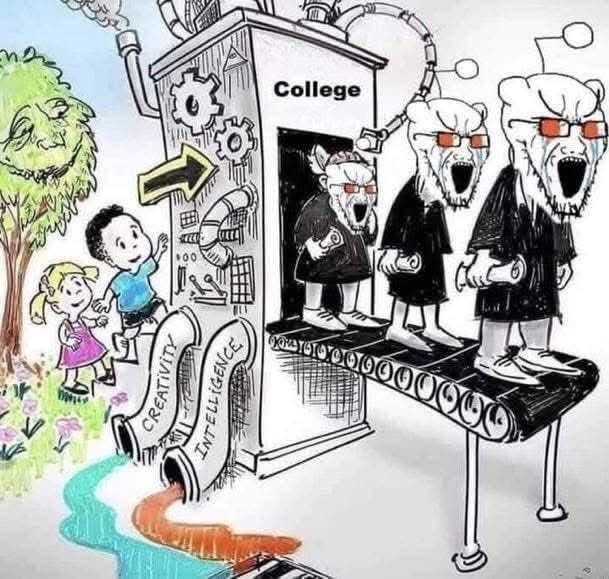The United States spends significantly on K-12 education when compared internationally.
In terms of expenditure per student, the U.S. allocates about $15,000 per student annually for elementary and secondary education, which places it above the median spending of OECD countries by 30%.
This figure ranks the U.S. among the top spenders, specifically fifth highest after Luxembourg, Norway, Austria, and South Korea.
However, despite this high level of spending, the U.S. does not lead in educational outcomes, often ranking below many other developed nations in international assessments like PISA (Program for International Student Assessment).
There's also an ongoing debate about the efficiency of spending, as the U.S. has seen a consistent increase in inflation-adjusted education spending since the 1970s, yet outcomes have not scaled proportionally.
Critics argue that the focus should not just be on increasing spending but on how funds are utilized, including teacher quality, class sizes, and educational policy reforms.
In summary, while the U.S. ranks high in per-student expenditure for K-12 education, the effectiveness of this spending is often questioned when compared to educational outcomes and the spending strategies of other countries




















